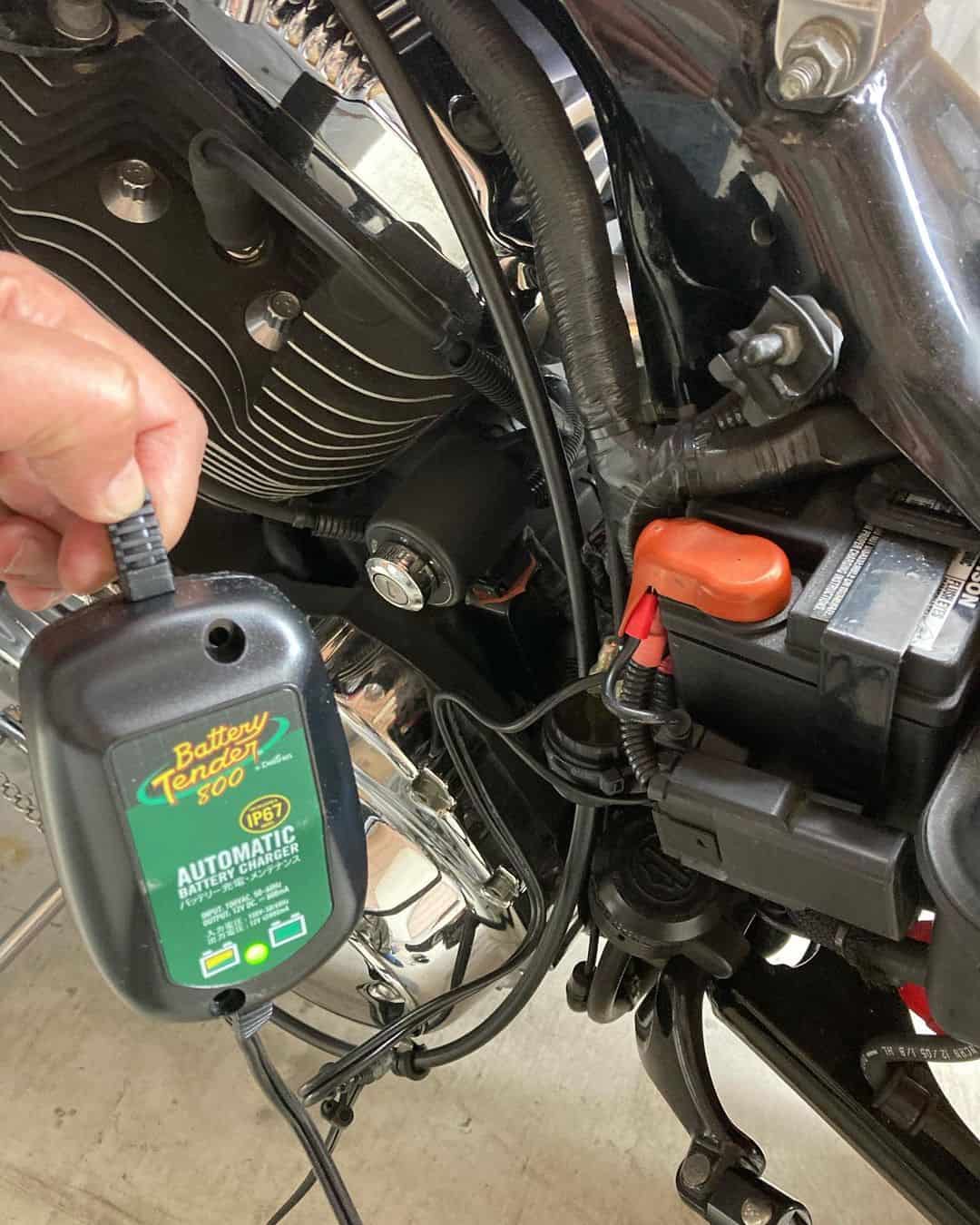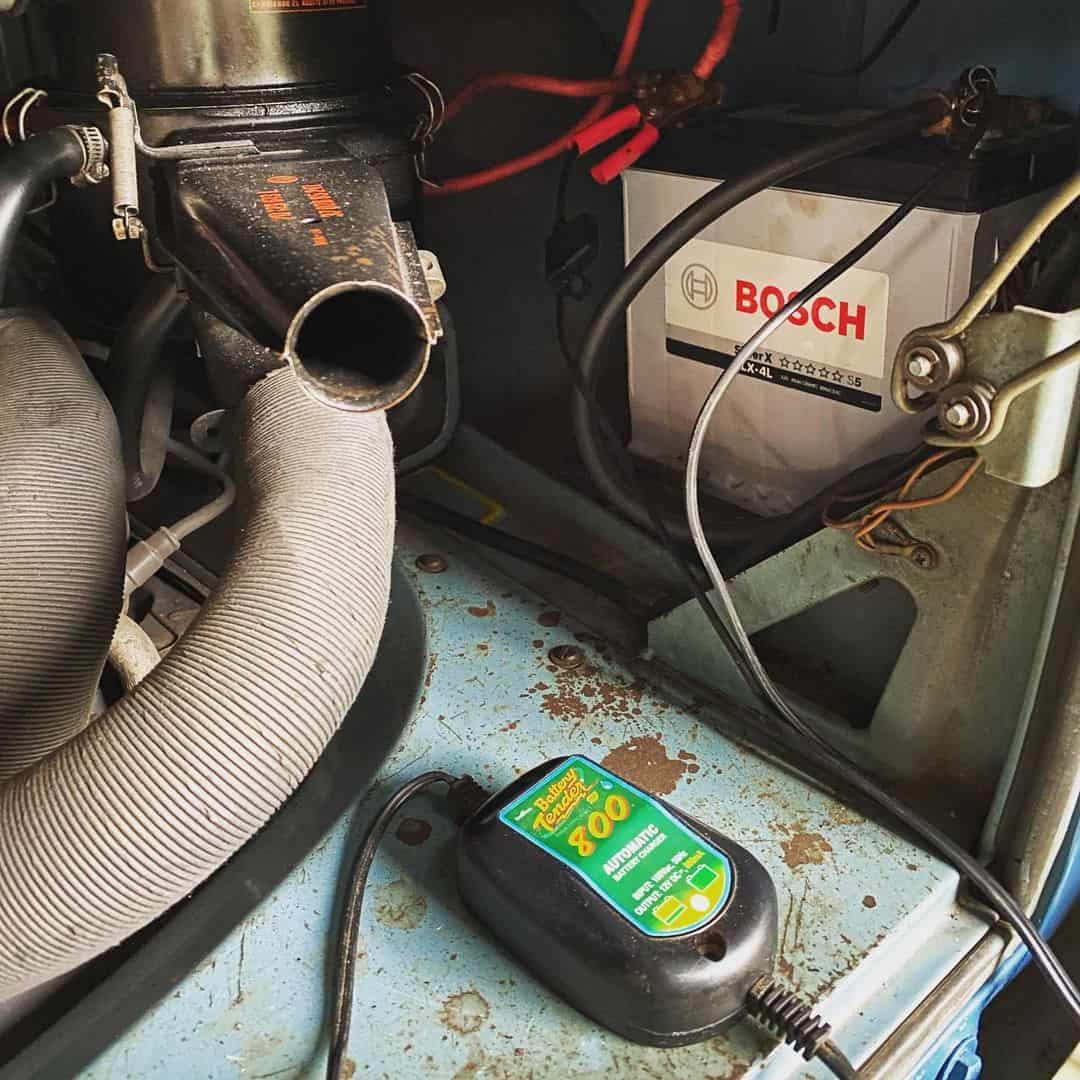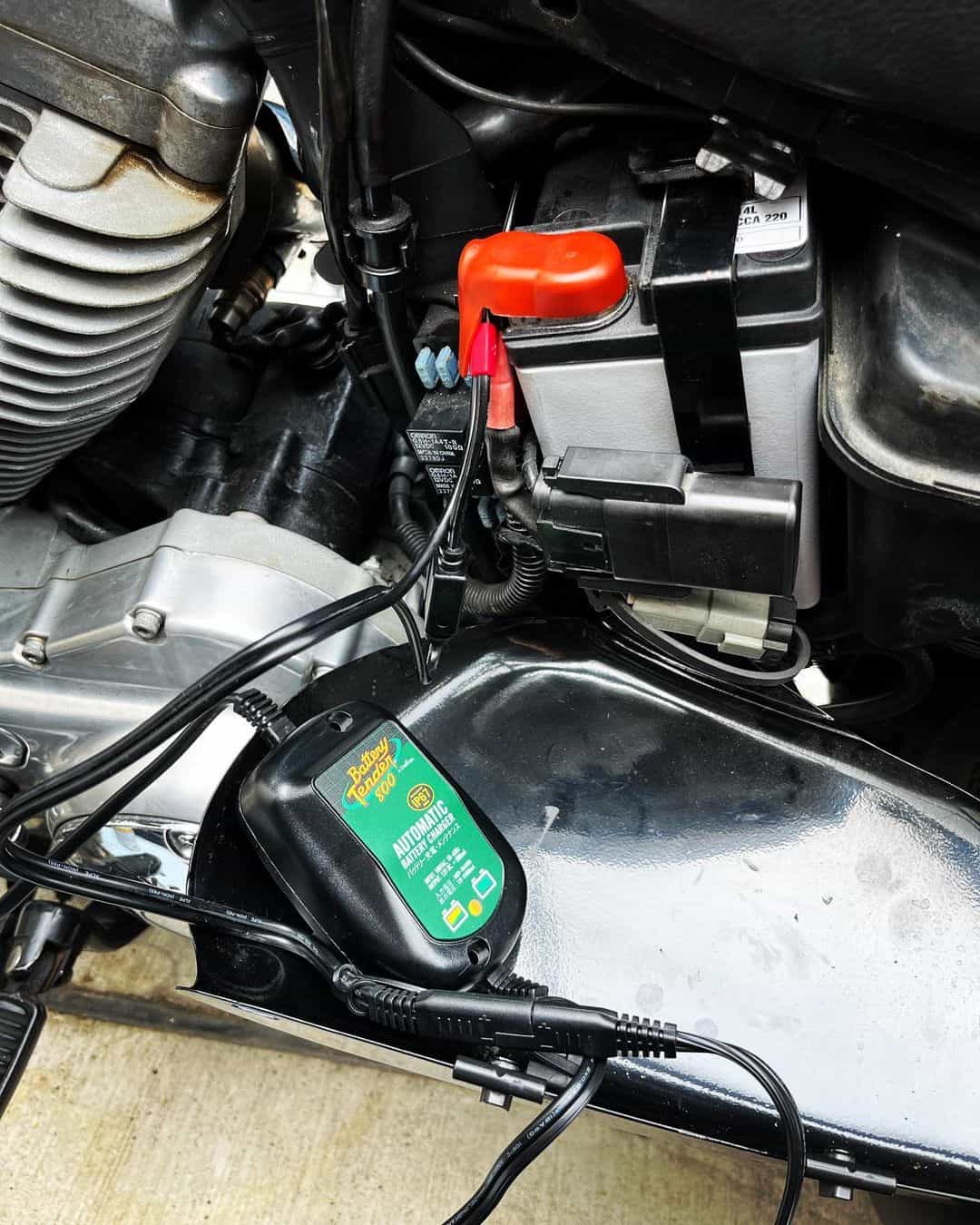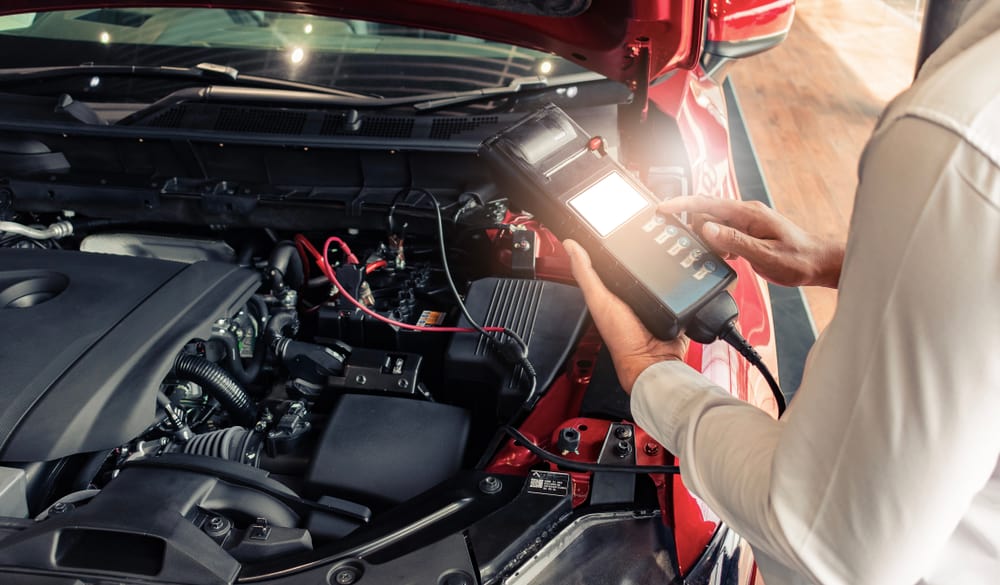If you drive a car, chances are you’ve dealt with that dreaded feeling when the engine won’t start because of a dead battery. Thankfully, this can be prevented with a simple device called a battery tender.
Letting a battery tender fully charge and maintain your car’s battery can save you time, money, and frustration. But how do you use one?
In this article, I’ll guide you through a few simple steps to use battery tenders on cars. You’ll learn what vehicles are eligible for it, what supplies you need, and finally, how to use it correctly so that it works optimally for your vehicle.
Table of Contents
How to Use a Battery Tender on a Car
Step 1: Prepare Your Car for Battery Tender Use
- Locate the car’s battery: In most cases, the battery is located under the hood of the car, but in some cases, it may be located in the trunk or under the back seat. Refer to your car’s manual for the exact location of the battery.
- Disconnect the car battery: Before using a battery tender, it’s important to disconnect the car’s battery to ensure no power is flowing to the vehicle’s electrical system. You can do this by removing the negative cable from the battery.
- Clean the battery terminals: Clean the terminals with a wire brush to remove any corrosion. Corroded terminals can reduce the capacity of the battery and cause other issues.
- Check the battery’s condition: You can do this by using a hydrometer or a digital battery tester. If the battery is severely damaged or has a low charge, it may not be able to accept a charge from the battery tender.
Step 2: Setting Up Your Battery Tender
Once your car is prepared, it’s time to set it up and start using it. Here are the steps you should take to set up your battery tender:
- Connect the battery tender to the car’s battery: The tender will have two lead wires, one red, and one black. The red wire will connect to the battery’s positive terminal, and the black wire will connect to the negative terminal.
- Adjust the settings: Some battery tenders come with various settings that can be adjusted to suit your specific needs. For example, you can adjust the charging rate or switch between different charging modes.
- Plug in the battery tender: Once the battery tender is connected to the car’s battery and the settings are adjusted, plug the tender into an electrical outlet to begin the charging process.
- Check the charging status: Some battery tenders have a built-in display or indicator lights showing the charging status. Check the display or indicator lights to ensure that the battery tender is working correctly and is being charged.
- Leave the battery tender connected: It’s important to leave the battery tender connected to the car’s battery until it is fully charged. This can take several hours or even days, depending on the condition of the battery and the type of battery tender being used.

Battery Tender Light Indicators and What They Mean
- Flashing Red Light: This indicates that the charger is properly connected to an AC power source, the microprocessor is working correctly, and the battery tender is ready to begin the charging process. However, if the red light continues to flash, it could indicate a problem. The possible causes are: your battery voltage is less than 3 volts or the clips and terminals need to be firmly connected.
- Steady Red Light: If you’ve connected the battery and the charger correctly, the red light will stay on until the battery is fully charged.
- Flashing Green Light: This indicates your battery is close to full charge at around 80%. You can disconnect and use it at this point. But we advise you to wait until your battery is fully charged.
- Steady Green Light: This indicates that the battery has reached a full charge and the battery tender is in maintenance mode; this means that the tender keeps the battery at a full charge.
Additional Tips and Safety Measures For Using the Battery Tender on Car battery
- Regularly check the charging status of your battery tender to ensure it is working correctly. Some battery tenders come with a built-in display or indicator lights that show the charging status, while others may require you to use a separate digital battery tester.
- Overcharging a battery can damage it and shorten its life. Instead, follow the manufacturer’s instructions for the recommended charging time and check the charging status regularly to avoid overcharging.
- Keeping the tender clean ensures it continues to work correctly. Clean the battery tender with a dry cloth and keep it free of dust, dirt, and debris.
- Disconnect the battery tender when not in use: We recommended disconnecting the battery tender when the car is in use to avoid any potential damage to the car’s electrical system.
- Always make sure the engine is off, and the car is parked in a safe location before connecting the battery tender.
- Be careful when handling the lead wires of the battery tender. The red wire is positive, and the black wire is negative. Connecting the wires to the wrong terminals can cause damage to the battery or the tender.
- Always wear eye protection and gloves when working with a battery, as batteries contain acid and can release gas, which can cause eye and skin irritation.
- Be sure to use the correct type of battery tender for your car’s battery. Not all tenders are suitable for all types of batteries, and using the wrong type can cause damage to the battery or the tender.

How to Select the Proper Battery Tender for Your Car
When selecting a battery tender for your car, consider these factors:
- Type of Battery: Batteries come in three types: lithium batteries, AGM, or lead. You need to know your battery type to find the best battery tender for your car.
- Voltage: Make sure the battery tender you choose is compatible with the voltage of your car’s battery. Most car batteries are 12 volts, but some newer models may be higher.
- Amperage: The amp rating of the battery tender should match or exceed the amperage rating of your car’s battery. This ensures that the vehicle’s battery tender can provide enough power to charge your battery properly.
- Automatic shut-off: Look for a battery tender with an automatic shut-off feature. This will prevent overcharging and prolong the life of your battery.
- Safety features: Look for a battery tender with safety features such as reverse polarity protection and spark-proof connections.
- Durability: Look for a battery tender that is made of high-quality materials and has a durable design.
- Ease of use: Select a battery tender that is easy to use, has clear instructions, and includes all necessary cables and connectors.
Importance of Battery Maintenance
Neglecting battery maintenance can lead to costly repairs and even leave you stranded on the side of the road. Here are a few reasons why battery maintenance is so important:
1. Prolonging Battery Life
When a battery is regularly kept at a full charge, it will last much longer than one allowed to discharge completely. This is because batteries are designed to be recharged; when they are, they can store more power and last longer. In addition, when a battery is run down completely, it can be damaged and lose its ability to hold a charge.
2. Avoiding Sulfation
If a lead-acid battery is frequently discharged, the lead plates can become coated with sulfate crystals, reducing its capacity and shortening its life. Maintaining a proper charge level can help prevent this from happening.

3. Improving Performance
A battery maintained at full charge will provide more consistent power output, which is necessary to ensure that the car runs smoothly. When a car battery is only partially charged, it can lead to inconsistent power output and even result in your car stalling or failing to start.
4. Reducing Self-discharge
Batteries naturally lose their charge over time, known as self-discharge. Maintaining a proper charge level can reduce the amount of self-discharge, thus keeping the battery ready to use.
5. Saving Money
Regularly maintaining your battery charge can save you money in the long run by avoiding the need to replace the battery as frequently.
6. Ensuring Safety
In some cases, like in electric vehicles or other critical applications, maintaining a proper battery charge level is essential for the safety of the users.
Conclusion
A battery tender is worth considering if you’re looking for an easy way to keep your car’s battery in good shape. It can measure the charge of the battery and keep it safe from premature aging and failure due to low voltage.
Here are a few tips to remember
- Choose the appropriate type of battery tender for your needs
- Follow safety precautions when working on the car’s battery
- Clean the terminals of the battery before connecting the tender
- Leave the battery tender connected until the battery is fully charged
- Regularly monitor the charging status of the battery
- Disconnect the battery tender when the battery is fully charged or when the car is in use.
If you have further questions or concerns, please feel free to leave them in the comments below.
